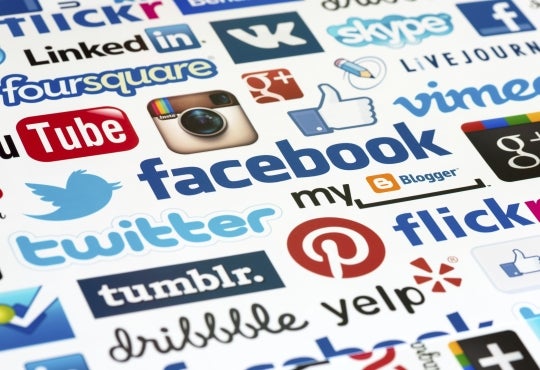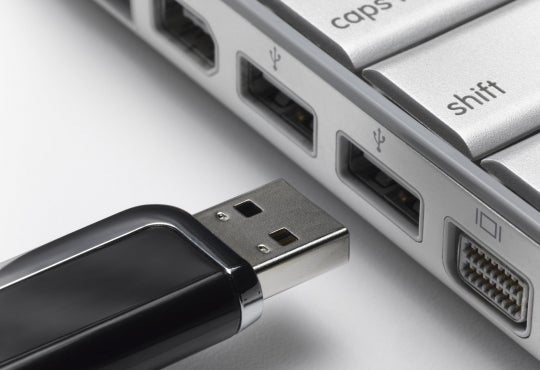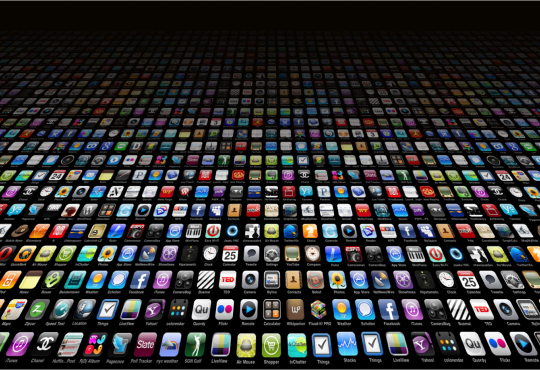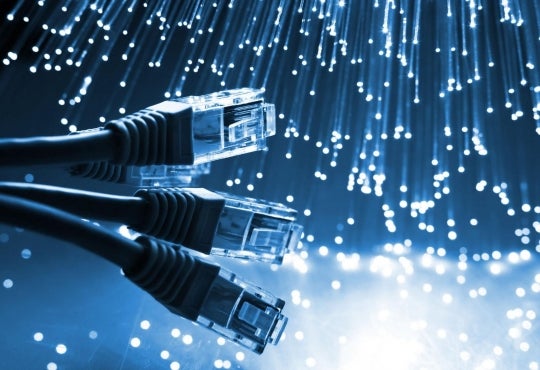Laptops’ capabilities are limited by their constrained design. As usage time piles up and the device’s speed slows down, laptop users do not have luxury of simply replacing old, outdated components as easily as a Windows desktop. Some high-end laptops have the option to swap-out/upgrade certain components, but at a cost that no average user would pay for.
Luckily, there are many simple ways to optimize your laptop to give it a performance boost and a longer life before you have to spend any money for an upgrade.
Disk Clean Up and Defragmentation
This is probably the most basic and the best-known method of personal computer maintenance. Defragmentation reallocates information in a much better way so that the physical disk can read data faster. You clean up the disk to clear out cluster files and old/unused disk space. However, the Windows built-in utility for this crucial functionality is not very effective.
Two popular freeware utilities out there that offer these functions and more are CCleaner and Defraggler by Piriform. Defraggler does what its name states: defragments your hard drive, provides specific information about your physical hard drive as well as monitoring the hard drive and CPU temperature. CCleaner is all-in-one optimization tool that is a must have for any performance fiend out there. You can tailor what you want to clean, down a specific file. This way you can leave out browser history or passwords so that you are not annoyed when you have to re-enter all your passwords or look for sites you visit often. Moreover, you can also dictate what will be enabled with the Startup Tool. This is very useful since you do not want unwanted programs running in the background eating up your CPU. Programs such as automatic updates, IE plug-ins, things that you do not use 100% of the time should be turned off. CCleaner has a complete and comprehensive set of options for you customize how your PC should behave.
Performance Optimization
Windows also gives you other options to improve performance. You can access these tools from Control Panel>All Control Panel Items>Performance Information and Tools. The Adjust Visual Effects area is where you can pick and choose how the visual effects operate. For best performance you can turn everything off. It should be noted, that this will make your windows UI look old since there will be no fancy animations or transitions anymore. This saves some CPU power as well as a considerable amount graphics processing power. If you want to be really hardcore about performance optimization, you can access other tools such as Event Viewer and System Information. These tools will give you performance reports and notifications about performance related issues and information on what to do about them.
Another utility you can use is msconfig.exe. You can find it from C:\Windows\System32 or simply type msconfig on the search bar located on the start menu if you have Vista or newer Windows OS. It gives you advanced boot options, services, startup programs (which is already taken care of if you have CCleaner) as well as access to all the Windows tools available. The important thing to note here is the services part. Many of these services are crucial for the OS or the machine to operate. However, there are also useless services that are put on with programs installed over time such as update services. You will be surprised by how many things you may never heard of such as fax, tablet input, and telephony services. Make sure you do your research about these services before turning them off.
Hardware and Batteries
The tips above take care of the software side of your laptop but the hardware also needs to be looked after. You can use the CheckDisk utility built into Windows by entering chkdsk at the command prompt. CheckDisk will check your hard disk and attempt to repair any issues related to bad sectors, lost clusters, cross-linked files and directory errors. You can also check for memory errors with Windows Memory Diagnostic tool. You can access this tool through Control Panel > System and Security > Administrative Tools. There are other ways to access this tool: through command prompt by entering mdsched.exe or pressing F8 during the BIOS start up. This tool runs a detailed test on the physical memory installed on the machine and lists any errors that are found, then lets you troubleshoot them. Generally, you want to do a disk check and memory check every three months or so.
For batteries, if you are keeping your laptop plugged in there is no point in letting the batteries get over charged: depending on the battery technology, maintaining a nearly full charge can reduce the battery life. Establish a good battery life memory (fully charge and discharge fully a few times) but only use the battery if it’s necessary.
Last but not least, you should physically clean your laptop like any machinery. Five minute with a compressed air can is all you need to keep the motherboard and other components clean and cool. Pay special attention to the exhaust fan port(s), the ventilation path and heat sinks. Cleaning these parts regularly will keep your machine temperature down, which in turn can improve performance and hardware life by a surprising amount.
References
[i] [Optimize your Laptop]. (n.d.). Retrieved from https://static1.squarespace.com/static/5890b6d4e3df281428def4a1/t/58f7591c414fb5af016fd10b/1492605224116/adwords-optimization.jpg?format=1500w









